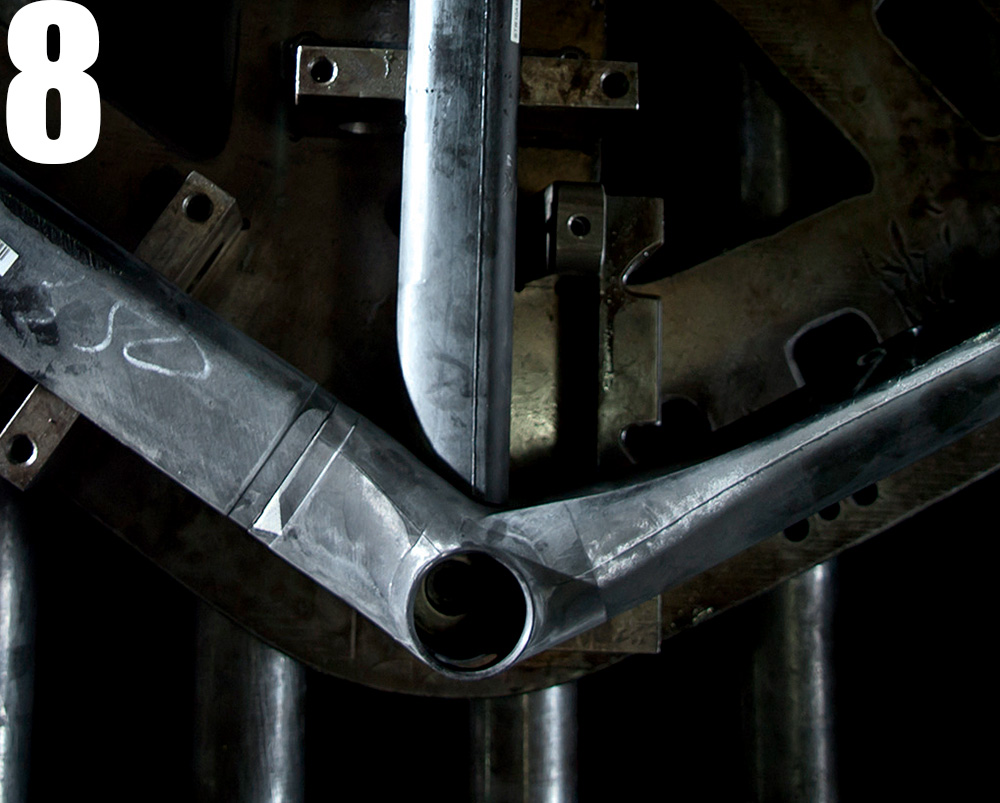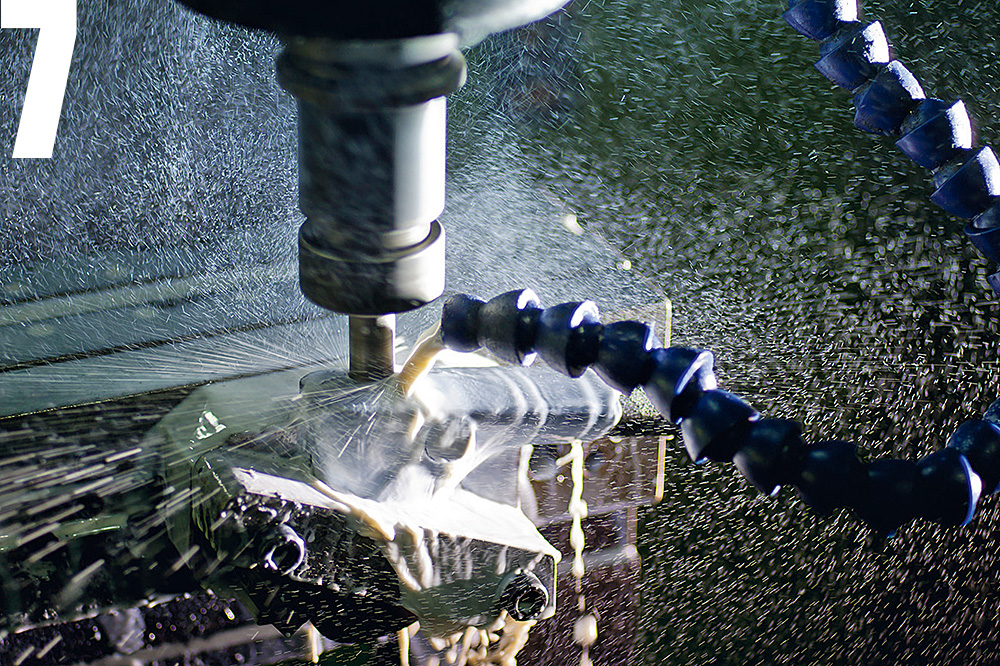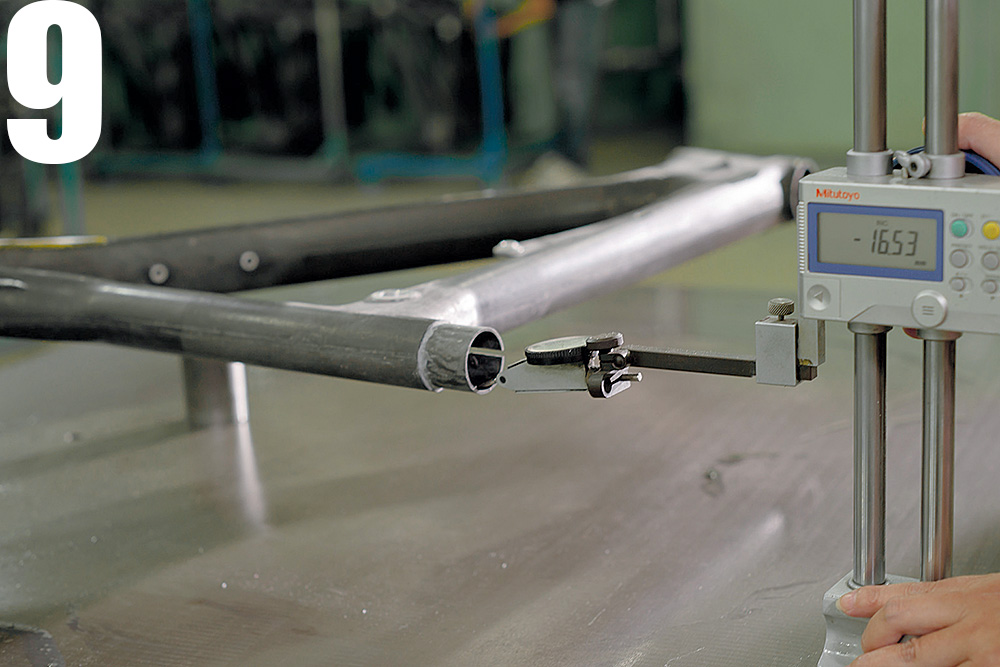Scott bikes, the self-proclaimed 'Carbon Specialist' lifts the lid on its IMP carbon frame process.
The process of manufacturing carbon frames has long been a closely guarded secret, but Scott recently threw back the curtains, and revealed just how much time and effort goes into producing a full carbon bike frame using its IMP (Integrated Moulding Process). Here’s a condensed version of the step-by-step process.
1) It takes 5,000 to 12,000 carbon filaments, each between five and seven micrometers thick, to make a single carbon-fibre. The higher the quality, the thinner the filament.
2) Weave the fibres together with resin to make pre-preg sheets. The mix will be around 35 per cent resin to 65 per cent fibres.
3) The pre-preg sheets are unidirectional, so all the fibres are orientated in a line. Pieces are precisely cut from the sheet according to the frame design to minimise wastage.
4) An EPS (expanded polystyrene) internal mould is produced and covered with latex. Apart from an airway (at the top of the seat tube here) the bladder is sealed.
6) With all the layers in place, the preform part is laid into a steel mould, heated to 130°C, inflated to 12bar and cured for 40 minutes.
7) The part is removed and the EPS/latex is pulled from the carbon. This leaves a smooth internal surface with no ripples. Areas of critical tolerance are machined.
 8) The parts are connected. Male to female joints are wrapped in more layers of pre-preg, to suggest a seamless construction, and put into another mould for bonding.
8) The parts are connected. Male to female joints are wrapped in more layers of pre-preg, to suggest a seamless construction, and put into another mould for bonding.
9) Quality control checks begin, followed by finishing. Paint and decals are applied and, around 24 hours after production began, the frame is ready for assembly.
What about the bikes themselves? Read our review of the Scott Scale 960. And check out the Scott Gravity lineup in 2014











